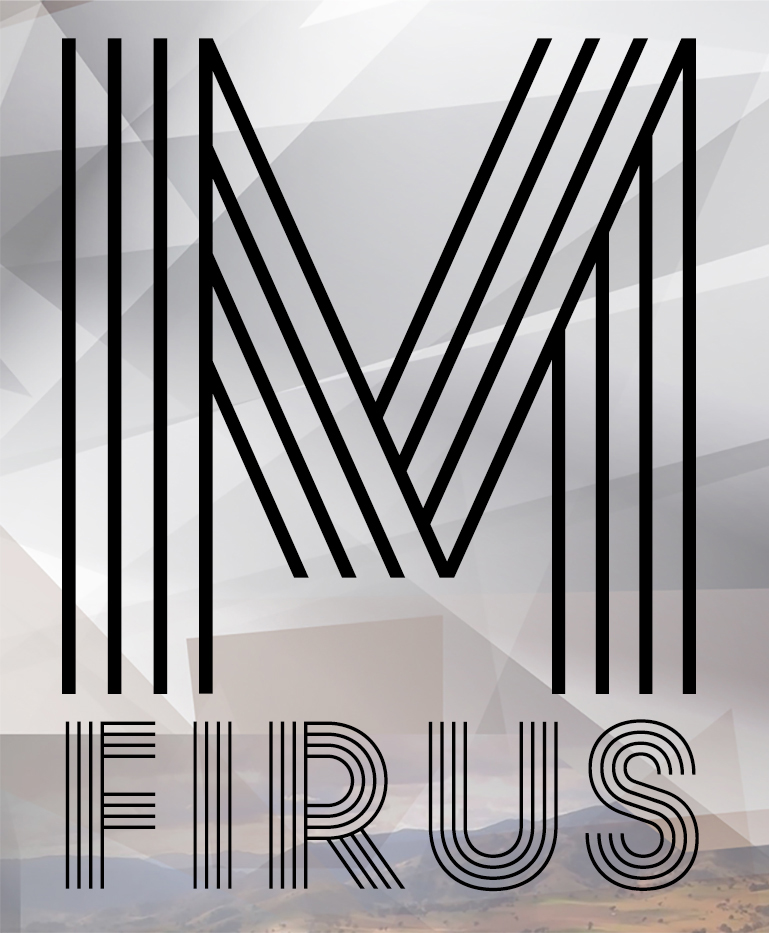Lighting in Skyfall
This sequence in Sam Mende’s 2012 film Skyfall is quite intriguing in terms of lighting. Not only is it beautiful, it also displays a fantastic manipulation of artificial light in order create the effect of a natural phenomenon: fire. Furthermore, the filmmakers not only set out to replicate, but also to enhanced the result for it to serve as the primary lighting for the rest of this lengthy sequence.
The first aspect that must be considered when analyzing this scene is that it takes place at night without any noticeable moon. For this reason, the filmmakers have begun with a blank slate lighting-wise. This original absence of light on set informs the entirety of the visual language established by the artificial luminance. First, it means most backgrounds are completely black and second it causes the eye to be tricked into believing that a burning building at least 800 metres away could light up the entire valley.
In regards to the above observation, lighting was certainly used at each camera setup to achieve the effect of a distant burning building. This was done however with a greater than natural luminance in order to achieve an effective exposure and colour quality. The temperature of the light is decidedly warm; both in imitation of fires natural hue and in continuation of the cinematic motif of yellow light that permeates the film. One possible interpretation of this yellow hue in much of the films indoor lighting is to create a feeling of simmering intrigue, suspense and rage; emotions that both the protagonist and antagonist experience during much of in the film and indeed culminates in these final scenes.
As the assumed light source is far away from the subjects, the light is extremely diffused. However, again due to the completely black background, the light can be seen to create harsh edges at times on the terrain. However, in general, the light tends to wrap around the actors’ faces, perhaps betraying a second subtle fill light or a bounce being used on set. Another key characteristic of this light is the flickering. This again was to replicate the natural tendencies of fire and could have been achieved a number of ways. The light itself was likely a number of large flood panels with warming gels applied. To create the flickering, perhaps the barn-doors of the lights could have been constantly adjusted throughout each take. More likely however, some sort of electronic dimmer was used that possessed software pre-sets in order to replicate the flickering of fire. This dimmer would supply an inconsistent amount of power to the light in order to achieve the inconsistent flicker.
